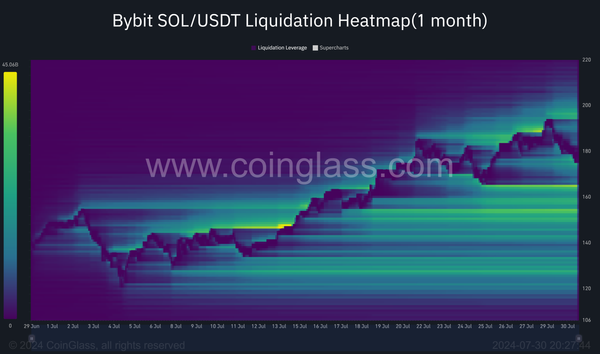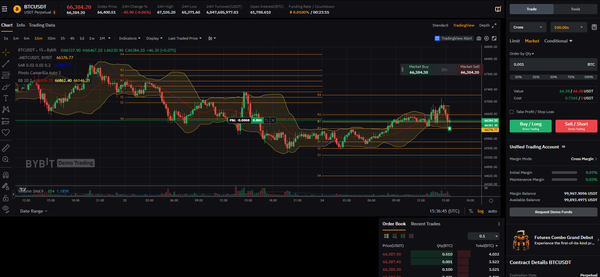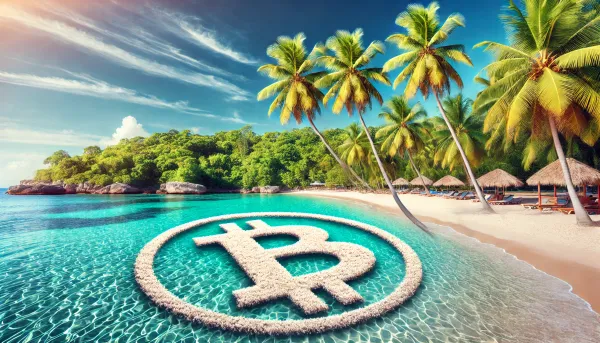The Art of Sustainable Trading: Keeping Your Chips to Stay in the Game

In the world of trading, success isn't just about hitting big wins; it's about staying in the game long enough to capitalize on opportunities as they arise. This idea mirrors the strategy of a wise poker player: the goal is to keep your chips. By preserving your capital, you ensure you have the means to keep playing, no matter what challenges the market throws your way.
Why Capital Preservation Matters
Capital preservation is fundamental in trading. It's about managing your risks and protecting your trading account from devastating losses. The truth is, the market is unpredictable. Prices can swing wildly based on a variety of factors that might be beyond your control, such as economic changes, political events, or sudden shifts in investor sentiment. In such an environment, the ability to hold onto your capital—your "chips"—is what keeps you in the game.
Risk Management Strategies
Effective risk management is key to capital preservation. This includes setting stop-loss orders to limit potential losses, diversifying your portfolio to spread risk, and only allocating a small percentage of your capital to any single trade. By doing so, you minimize the impact of a bad trade and prevent it from wiping out a significant portion of your funds.
The Long-Term Perspective
Sustainable trading also involves looking at the long-term horizon rather than seeking immediate gains. This approach requires patience, discipline, and an understanding of market cycles. It’s about making informed decisions based on thorough analysis rather than reacting impulsively to market fluctuations.
Staying Emotionally Detached
One of the most challenging aspects of trading is keeping emotions at bay. Fear and greed can cloud judgment, leading to rash decisions that deviate from a well-thought-out trading plan. Staying emotionally detached allows you to stick to your strategy and make decisions based on logic and reason, not emotional reactions.
Continuous Learning
Finally, staying in the game requires an ongoing commitment to learning. The financial markets are constantly evolving, and so should your trading strategies. Continuous education about new trading tools, techniques, and market changes is crucial. This not only helps in adapting to the changing market conditions but also in identifying new opportunities that can be capitalized on.
Conclusion
In conclusion, trading is not a sprint; it's a marathon. The real objective in trading is to keep your chips, allowing you to continue playing and to seize opportunities as they come. By focusing on capital preservation, employing robust risk management strategies, and maintaining a long-term perspective, traders can improve their chances of sustainable success in the volatile world of trading. Remember, the goal is to stay in the game, not just to play it.




